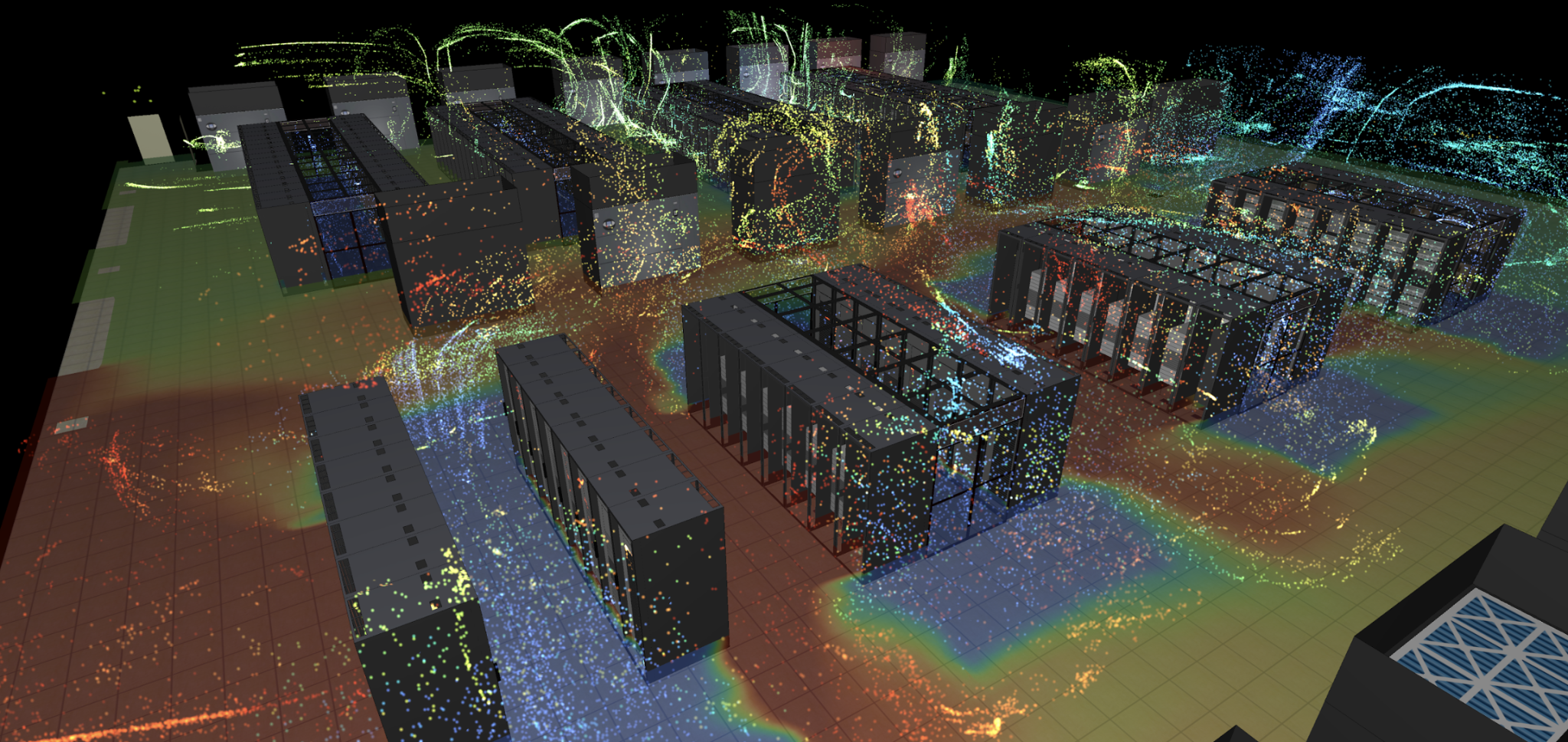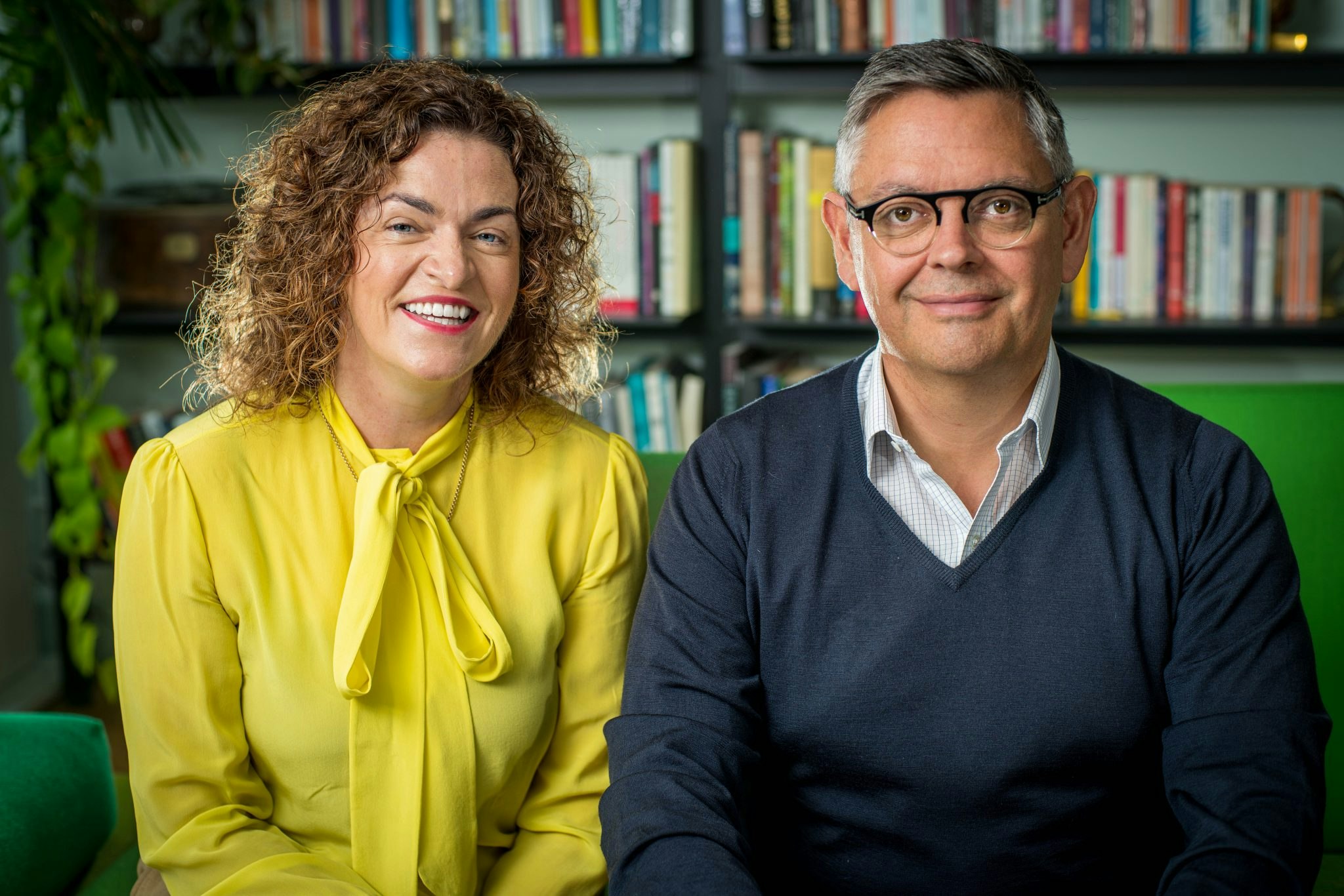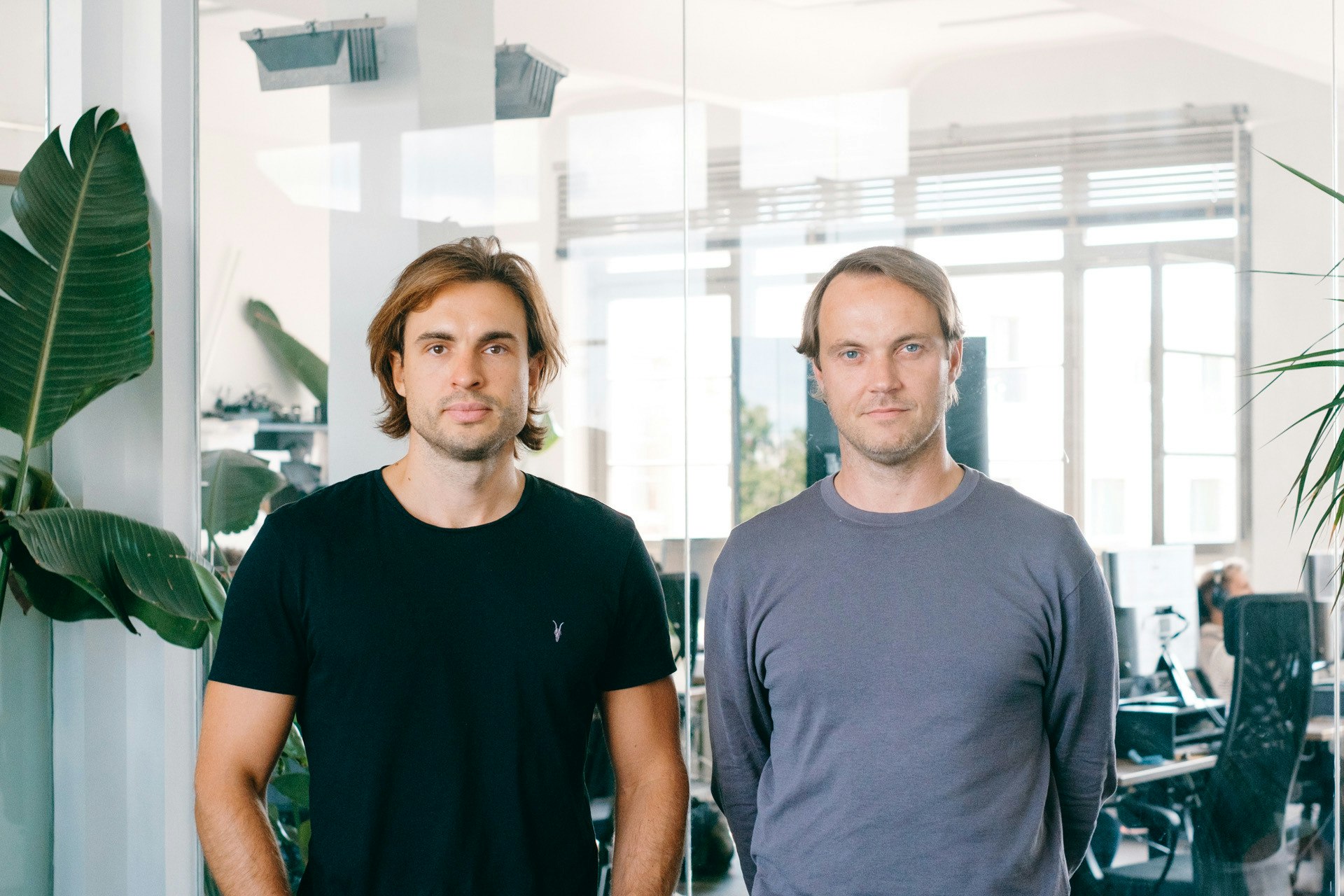Anton Yarotsky runs a 2,500 hectare farm to the north of Odessa, a port city in Ukraine. It’s an arable farm, growing crops rather than farming livestock.
Yarotsky used to export his crops through the Odessa port, one of the main export points for Ukrainian grain onto the Black Sea. But the port has been hit by numerous strikes since the Russian invasion of Ukraine in February 2022. “It’s very challenging,” Yarotsky says.
The uncertain export market has propelled farmers like Yarotsky to diversify their income streams. Many, Yarotsky included, have turned to carbon credits, specifically soil credits, as the answer.
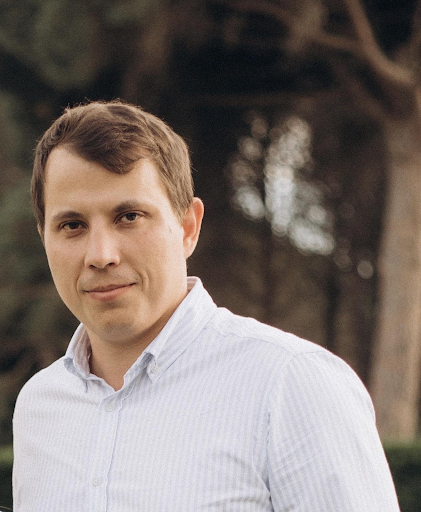
Carbon credits represent emissions either removed from the atmosphere or avoided, which companies and countries buy to offset their own emissions. Soils could, if managed correctly, be a significant carbon sink. Soil-based carbon credits work by measuring the amount of carbon sequestered in land and issuing credits based on the increase.
Proponents of soil-based sequestration argue that farmers can increase the carbon in their soils by doing things like crop rotation — planting different crops to increase nutrient diversity — and reducing the amount of disruption to the soil through ploughing. The techniques are often described as “regenerative agriculture”.
Enter Agreena
The most active soil-based carbon credit issuer in Ukraine is Denmark’s Agreena. It’s one of Europe’s best-funded agritech companies, having raised a $50m Series B round last year from Giant Ventures, HV Capital, AENU and Swedish investment vehicle Kinnevik.
Agreena works with farmers to certify the amount of carbon sequestered in their land and then takes a cut from the resulting carbon credit.
Simon Haldrup, CEO of Agreena, says the company was set to launch in both Russia and Ukraine at the start of 2022, just after raising its Series A round.
“Regenerative agriculture is a hectares game,” he says. “A lot of the arable production is happening in Ukraine, Romania, Moldova and Russia.”
When the war started Agreena doubled down on Ukraine. “Farmers are seeing tremendous uncertainties in their supply chain and, therefore, we've seen huge adoption. It's helped farmers diversify their revenue streams,” Haldrup says.
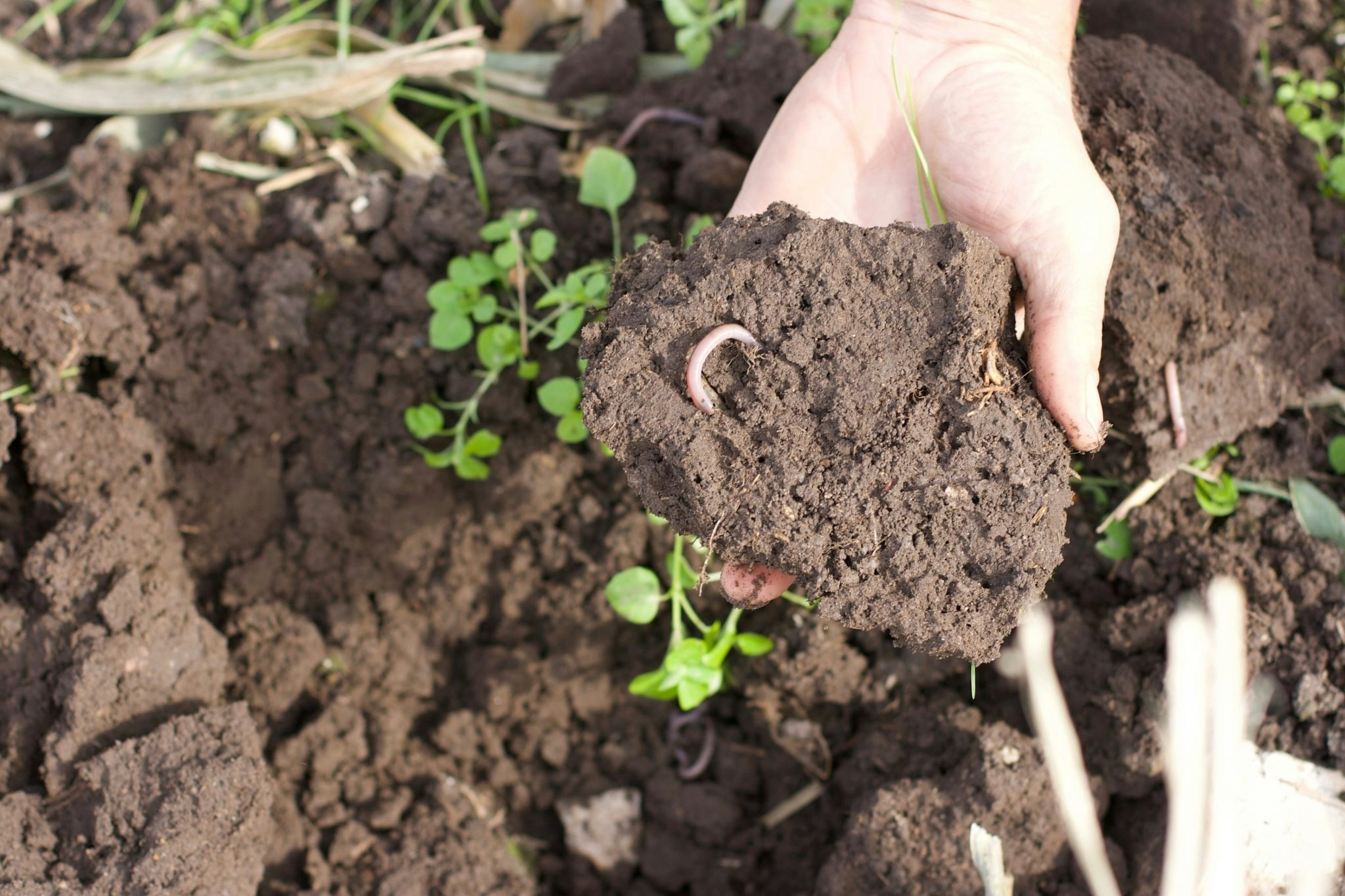
Agriculture is a key part of Ukraine’s economy and its government has welcomed the new income stream for the industry. Haldrup and his team went to COP27 in 2022 with the country’s delegation.
Climate resilience
Some of the techniques involved in regenerative agriculture mean farmers take a hit on their yield. Things like “cover cropping” — where a crop is planted to cover the field and prevent soil erosion — mean dedicating land to crops that aren’t sold, and therefore reducing a farmer’s profits.
Yarotsky says carbon credits can make up for the shortfall in profits as yield drops, allowing him to invest in techniques that increase the climate resilience of his land. Some regenerative agriculture techniques can help to make soils more resilient to drought and flooding, as well as increasing the biodiversity levels of land.
A risky market
Agreena is not alone in issuing soil-based carbon credits. Globally, one of the biggest players is US-based Indigo, which says it has issued credits equivalent to 133k tonnes of carbon sequestration.
But critics question whether these practices actually increase the amount of carbon in the soil. The wider carbon credit market has suffered a series of investigations claiming that credits, particularly those linked to forestry projects, fail to actually offset emissions.
To earn soil-based credits, farmers have to input data about their farming practices, which is then used to estimate the amount of carbon sequestered. They don’t physically analyse each farmer’s field individually; they make estimations based on how certain practices have performed elsewhere.
“We did the largest soil-sampling campaign in Europe last year,” says Agreena’s Haldrup. “We’ve built the data set to model how the implementation of different practices, in different types of soil, under certain conditions, gives certain carbon enhancement.”
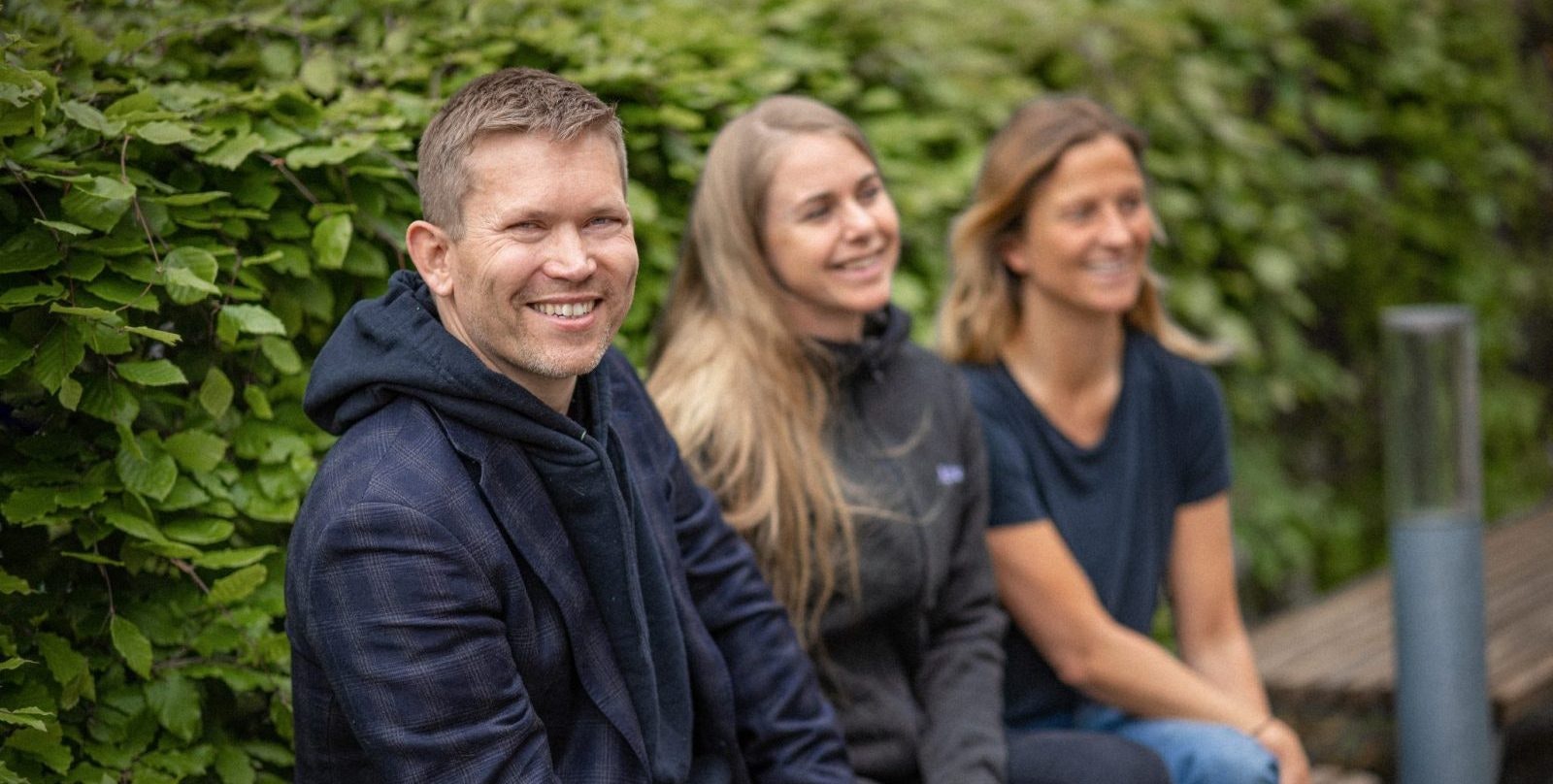
There’s also an influx of verification tech into the market. In 2022, Agreena acquired Hummingbird Technologies, a startup which uses satellites to verify that farmers have used cover cropping, reduced ploughing and crop rotation.
Despite the uptick in monitoring and measurement tools, there is still a question over how permanently the carbon is stored within the soil.
“Certified removals may actually only exist on paper or quickly seep back into the atmosphere, and so the target is not achieved in the real world,” writes Wijnand Stoefs, from Carbon Market Watch. Using temporary removals to offset permanent emissions has “potentially catastrophic consequences”, Stoefs says.
Ken Giller, professor at Wageningen University, Netherlands, also warns that techniques like a reduction in ploughing can lead to an increase of carbon in the surface layers of the soil but that, if measured half a metre down, the amount remains unchanged. He also questions whether it’s possible to truly estimate the amount of carbon sequestered in soil in practice.
Outside of carbon sequestration, it’s harder to doubt the other benefits of regenerative agriculture. It can increase the biodiversity of land, increase the nutrient value in soil, and increase its ability to retain water, as well as giving farmers the money to invest in more sustainable practices.
Yarotsky says 5-10% of his income now comes from carbon credits, depending on the year. He receives between €25 and €35 per hectare.
“In the future, I think farmers will receive 50% of our income from selling products and 50% from ecological services,” Yarotsky predicts — adding that things like synthetic protein production could free up more land for carbon sequestration.
